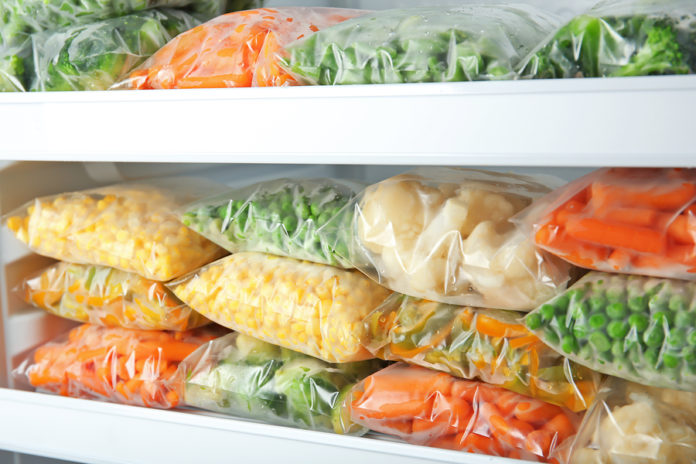
For a long time, frozen food didn’t stand a chance against fresh. But according to market research company NPD Group, the frozen food aisle is getting more crowded. NPD’s The Future of Dinner Report says that last year, people used frozen foods for 9.8 billion eating occasions at home. That’s an increase of 2% over the last decade.
Why now?
Frozen food’s popularity rebound can be attributed to several factors. Here are a couple of examples from the report:
#1. People are seeking healthy options and recognize frozen food as a viable candidate.
“Now [consumers] also realize that frozen food is nutritional and offers the same kind of health benefits fresh food does,” says David Portalatin, NPD Food Industry Advisor.
#2. Millennials, a group with enormous buying power, are busier than ever before.
“Demographic shifts, like Millennials moving into the busiest times of their lives juggling spouses, kids, and a career, are fueling a greater need for the convenience that frozen foods offer,” explains Portalatin.
#3. The vast majority — 80% — of meals and other eating occasions happen at home, and people are turning to the frozen food aisle for fast, convenient main meal options.
The modern frozen food aisle
The scene described in NPD’s report isn’t your grandparent’s frozen food aisle. Portalatin says, “Manufacturers are also doing their part in increasing interest in frozen foods by innovating around contemporary food values and emerging flavor trends to provide convenience.”
So while frozen veggies and chicken still rule as the prime ingredients for quick dinners, consumers are scooping up alternate solutions for all their “heat-and-eat” meals.
For instance, experts project that frozen entrees at dinner will continue to grow in popularity over the next four years. Further, the frozen breakfast category is expanding quickly — the report cites waffles, fruit, and sandwiches as consumer favorites.
More findings from the report
The findings suggest that frozen food will be a staple for dinner in years to come, but that’s not all the report showed.
According to NPD, dinner time will remain relevant in American households. However, Portalatin says it will look a little different. “While dinner as an institution is deeply rooted, the what, how, and why surrounding dinner reflects much of the disruptive change we see all around us.”
Here are a few more snippets from the report:
- Meals prepared and eaten at home will increase over the next five years.
- Homemade and from-scratch meals, although the most prevalent type of in-home dinners, are on the decline.
- For younger boomers, dinners that take 10 minutes or less are very important and already account for 25% of all their in-home dinners.
—
For more information on how the frozen food section has been finding new life, check out these articles:
- Consumers Warming Up to Frozen Foods
- Millennials are Reviving the Frozen Foods Section
- Frozen Fruits and Vegetables Less Healthy? Studies Say No
And for further reading on how meals are evolving, bookmark these:







